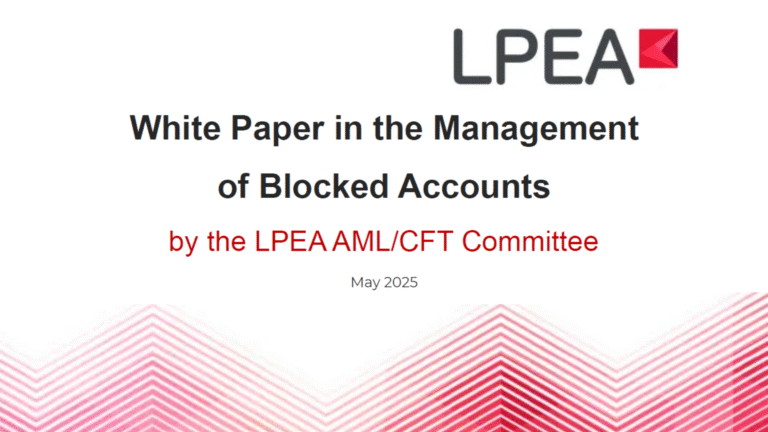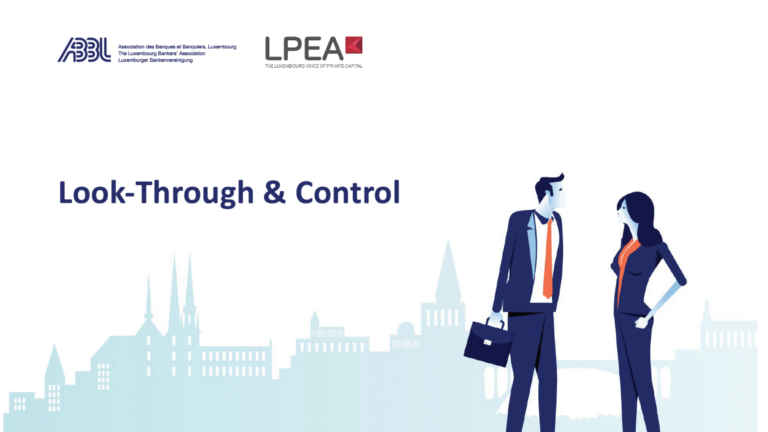By François Masquelier – SimplyTREASURY
Bank Relationships require a good and proactive management to maintain and potentially to enhance it. It is vital to ensure sustainability and longevity of your relations with banks. But it is also important to adopt IT (e)BAM solutions to administrate efficiently all documents and proxies.
Bank Account Management (BAM)
The management of the banking relationship is more crucial than ever for any investment and private equity fund or fund services company. It must be maintained and effectively managed to be preserved. It also requires automation of flows to and from the bank to make its work easier and secure. It is often this lack of automation that a banker may question. Certainly, they have become cautious about the choice and acceptance of whether to on board a new customer or a new account. They are afraid of fines from supervisors and the reputational risk that would accompany them. But beyond compliance and AML rules, the importance and weight of which is known to be important and influential in the acceptance of the customer or the account, there is a relationship based on trust. And even beyond the profitability that a bank expects from its customer, mutual respect of each other is essential and must be constantly maintained. A bank relationship is not anymore sort of acquired right (i.e. “droit acquis”); it is a duty to maintain the relationship with one’s banker and make sure it is also pleased by the relation and at the end of the day the net return on its customer. A non-(enough) profitable bank relationship cannot be sustained in today’s world.
We must also insist on automation, which is becoming a real sticking point. Banks no longer want to and can no longer work based on manual operations initiated by their customers, or semi-automated operations. They cannot do so for security reasons (e.g. increased risk of fraud) and for reasons of operational efficiency and cost. There was a time when one chose one’s banker. There is now a time when the banker chooses you. They become more selective for these rational reasons of risk, compliance, regulation, cost, and operational efficiency. Clients sometimes forget, out of naivety, ignorance, or whatever, that banks are not philanthropic associations. Their profitability is undermined by the persistence of negative interest rates and various restrictive regulations that force them to review their strategy, sometimes to the detriment of corporate, hedge or alternative fund clients.
How to improve your banking relationship – Basic rules
To improve the relationship with your bankers, you need to follow a few basic rules that gradually become “best practices”. We can advise to focus on a limited number of banks, without having only one (which would be a mistake if by misfortune its strategy suddenly changes). But excess damages everything and multiplying in various relationships reduces the profitability of each banker who is looking for volumes. Therefore, it is important to understand bank profitability, to respect it and to insure it, at the risk of losing the whole relation. Then, it is important to understand that “compliance” is non-negotiable and that it requires special attention.
Why not using KYC registry solutions (i.e. “Know Your Customer”) or automated payment systems, for example, “host-to-host”? Automation will significantly reduce the banker’s operational costs and therefore justify the relationship. Do not think that a banker will continue to accept a manual payment to be executed for even high fees. The administrative cost and the risk are such that he will prefer not to accept the transaction anymore. He will also prefer to use platforms for foreign exchange (i.e. FX) or other financial products to again reduce his downstream administrative costs when the transactions are fully manual. Just like a fund manager, the banker expects a minimum return commensurate with the potential administrative effort that the operations would induce. It is neither simple nor pleasant to refuse a client, but their profitability is at this price and one must accept it at the risk of encountering problems.
The documents can also be exchanged by traditional means but managed by an (e)BAM (electronic Bank Account Management) solution that will send and receive messages by traditional means or by SWIFT secure means (i.e. 300MT eBAM format). Making life easier for the banker should become a reflex. It is no longer up to the fund customer to dictate his law but to him to comply with the natural and justified requirements of the financial institution. The distribution of the ancillary business remains as important to ensure the banker’s profitability. As many products are dumped, he looks for side revenues to ensure his overall profitability.
The banking relationship is like friendship…
This is an area where funds should be inspired by the techniques used by corporates and multinationals that are drilled and accustomed to managing the relationship with their banker and making sure that it is satisfactory. The world has changed somewhat, and you must accept the new rules to ensure that your relationship with your banker will be sustainable and that he will continue to accept your business. The arrogance would consist in thinking that the banker is waiting for us, where the banker certainly wants business but not at any price.
For example, a banker is neither willing nor able to accept to charge zero percent on a current account deposit of an alternative fund. He has a cost that he must pass on to his counterparty. It is up to the latter to try find alternative products / short term investments to limit negative interest charges. As we can see, and the treasurers of multinational companies are used to it, the banking relationship should be managed to be maintained and to endure. It requires technical involvement and needs to be perpetuated. To achieve this, you must pass through (more) automation and to accept some concessions to make sure that the banker will remain loyal. Times have changed and bank profitability requires to adapt their strategies. It is up to clients to adapt consequently.




